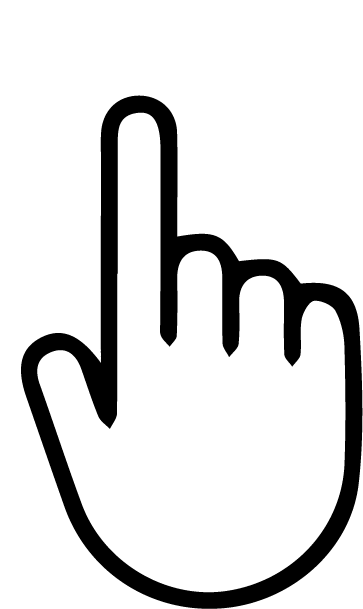
Researchers supported by NIH have discovered that COVID-19 can cause long-lasting inflammation in the brain that may be the source of many Long COVID symptoms.

Researchers supported by NIH have discovered that COVID-19 can cause long-lasting inflammation in the brain that may be the source of many Long COVID symptoms.
What you need to know
Millions of people who have had COVID-19 continue to experience symptoms, or develop new symptoms, for weeks, months, or years after they were first infected. These symptoms are commonly known as Long COVID, and the direct causes of Long COVID are not currently known.
In a study supported by the National Institute of Neurological Disorders and Stroke (NINDS) and the National Institute on Deafness and Other Communication Disorders, researchers looked at the effects of SARS-CoV-2 infection in animal models to understand potential causes of Long COVID. Their findings suggest that in addition to causing long-lasting organ damage, SARS-CoV-2 can set off a pattern of brain inflammation that may be linked to Long COVID symptoms.
What did the researchers do?
Researchers at New York University Grossman School of Medicine and the Icahn School of Medicine at Mount Sinai used hamsters as models for SARS-CoV-2 infection, since their infection duration and symptoms are similar to those of humans. The researchers compared these models to hamster models of influenza infection, which produces a similar antiviral response.
What did they learn?
On average, the animal models recovered from their SARS-CoV-2 infections in two weeks — the same as humans — and developed similar symptoms. This told the researchers that the models were an appropriate comparison to the human immune response.
When compared to the influenza models, models that recovered from SARS-CoV-2 infection had greater levels of lung and kidney damage, and the damage healed more slowly.
Additionally, the researchers found inflammation around the part of the brain involved in smell. The region remained inflamed even weeks after the infection was gone. This suggests that the immune system remained activated in the brain without the virus present, causing the brain tissue to change. The inflamed area of the brain, called the olfactory bulb, also influences emotions and learning.
The researchers also found inflammation in the olfactory bulb when they studied brain tissue from people who previously had COVID-19 and died of other causes.
Why is this research important?
This study provides more evidence for the theory that some Long COVID symptoms, such as mood changes, dizziness, and brain fog, may be caused by brain inflammation triggered by — but not directly fighting — SARS-CoV-2. Future research can use the same kind of model to look at potential treatments for that inflammation, as well as treatments for the longer-lasting damage done to other organs.
Where can I go to learn more?
A Possible Mechanism Behind Brain Fog
-
Researchers supported by NINDS and several other NIH institutes found a similar inflammatory response to SARS-CoV-2 in both the brain and spinal cord — even in mild cases of COVID-19.
Understanding Long-Term COVID-19 Symptoms and Enhancing Recovery
-
NINDS director Walter J. Koroshetz, M.D., shares information about the Researching COVID to Enhance Recovery (RECOVER) initiative, a national research program to understand Long COVID.
Long COVID symptoms linked to inflammation
-
NIH Research Matters discusses the results of this study.
Sources
Frere, J. J., Serafini, R. A., Pryce, K. D., Zazhytska, M., Oishi, K., Golynker, I., Panis, M., Zimering, J., Horiuchi, S., Hoagland, D. A., Møller, R., Ruiz, A., Kodra, A., Overdevest, J. B., Canoll, P. D., Borczuk, A. C., Chandar, V., Bram, Y., Schwartz, R., tenOever, B. R. (2022). SARS-COV-2 infection in hamsters and humans results in lasting and unique systemic perturbations after recovery. Science Translational Medicine, 14(664). https://doi.org/10.1126/scitranslmed.abq3059

News and Stories
Read stories about the efforts underway to prevent, detect, and treat COVID-19 and its effects on our health.
 An official website of the United States government
An official website of the United States government

